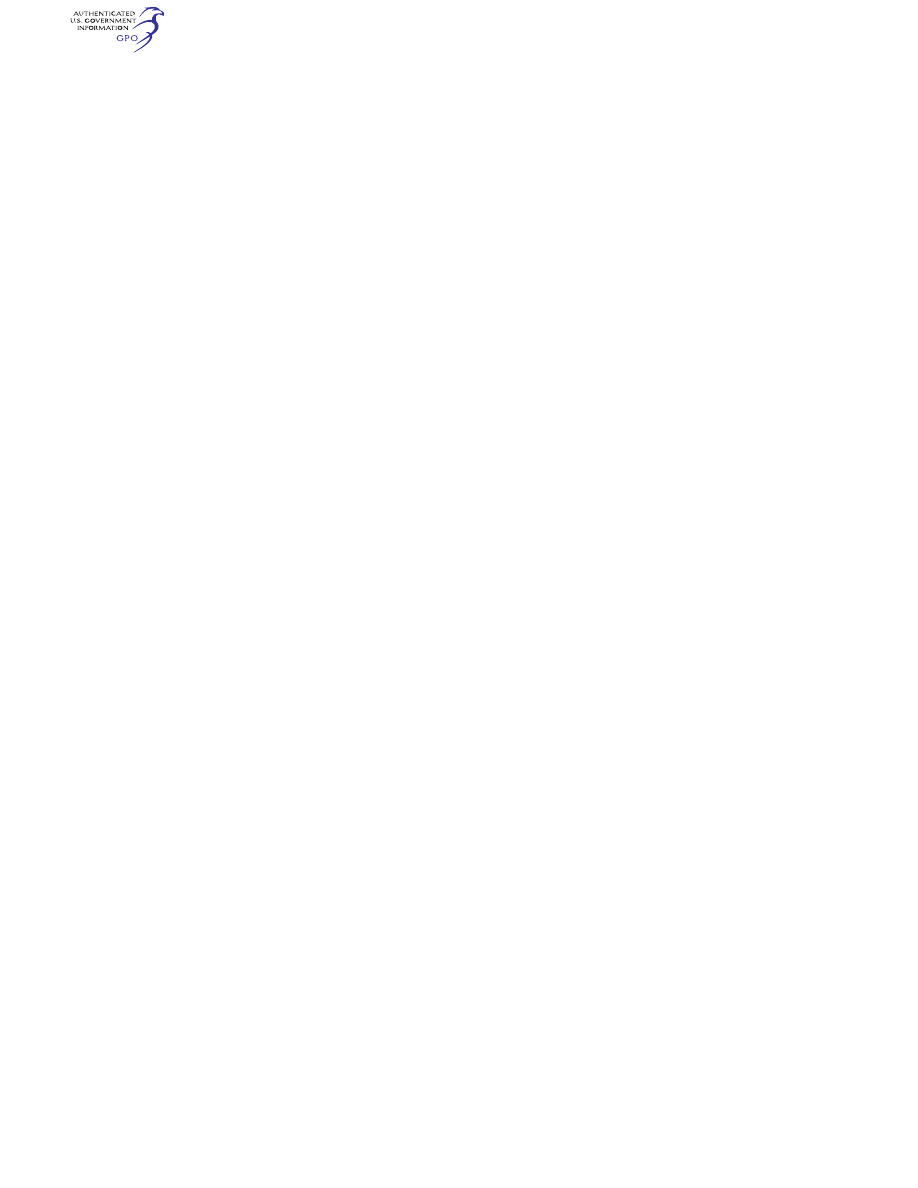
755
Federal Aviation Administration, DOT
§ 34.60
Subpart E—Certification Provisions
§ 34.48
Derivative engines for emis-
sions certification purposes.
(a)
General. A derivative engine for
emissions certification purposes is an
engine configuration that is deter-
mined to be similar in design to a pre-
viously certificated (original) engine
for purposes of compliance with ex-
haust emissions standards (gaseous and
smoke). A type certificate holder may
request from the FAA a determination
that an engine configuration is consid-
ered a derivative engine for emissions
certification purposes. To be consid-
ered a derivative engine for emission
purposes under this part, the configu-
ration must have been derived from the
original engine that was certificated to
the requirements of part 33 of this
chapter and one of the following:
(1) The FAA has determined that a
safety issue exists that requires an en-
gine modification.
(2) Emissions from the derivative en-
gines are determined to be similar. In
general, this means the emissions must
meet the criteria specified in para-
graph (b) of this section. The FAA may
amend the criteria of paragraph (b) in
unusual circumstances, for individual
cases, consistent with good engineering
judgment.
(3) All of the regulated emissions
from the derivative engine are lower
than the original engine.
(b)
Emissions similarity. (1) The type
certificate holder must demonstrate
that the proposed derivative engine
model’s emissions meet the applicable
standards and differ from the original
model’s emission rates only within the
following ranges:
(i)
±
3.0 g/kN for NO
X
.
(ii)
±
1.0 g/kN for HC.
(iii)
±
5.0 g/kN for CO.
(iv)
±
2.0 SN for smoke.
(2) If the characteristic level of the
original certificated engine model (or
any other sub-models within the emis-
sion type certificate family tested for
certification) before modification is at
or above 95% of the applicable standard
for any pollutant, an applicant must
measure the proposed derivative engine
model’s emissions for all pollutants to
demonstrate that the derivative en-
gine’s resulting characteristic levels
will not exceed the applicable emission
standards. If the characteristic levels
of the originally certificated engine
model (and all other sub-models within
the emission type certificate family
tested for certification) are below 95%
of the applicable standard for each pol-
lutant, the applicant may use engineer-
ing analysis consistent with good engi-
neering judgment to demonstrate that
the derivative engine will not exceed
the applicable emission standards. The
engineering analysis must address all
modifications from the original engine,
including those approved for previous
derivative engines.
(c)
Continued production allowance.
Derivative engines for emissions cer-
tification purposes may continue to be
produced after the applicability date
for new emissions standards when the
engines conform to the specifications
of this section.
(d)
Non-derivative engines. If the FAA
determines that an engine model does
not meet the requirements for a deriva-
tive engine for emissions certification
purposes, the type certificate holder is
required to demonstrate that the en-
gine complies with the emissions
standards applicable to a new engine
type.
[Doc. No. 34–5, 77 FR 76852, Dec. 31, 2012]
Subpart F
[
Reserved
]
Subpart G—Test Procedures for
Engine Exhaust Gaseous Emis-
sions (Aircraft and Aircraft
Gas Turbine Engines)
§ 34.60
Introduction.
(a) Use the equipment and procedures
specified in Appendix 3, Appendix 5,
and Appendix 6 of ICAO Annex 16, as
applicable, to demonstrate whether en-
gines meet the applicable gaseous
emission standards specified in subpart
C of this part. Measure the emissions of
all regulated gaseous pollutants. Use
the equipment and procedures specified
in Appendix 2 and Appendix 6 of ICAO
Annex 16 to determine whether engines
meet the applicable smoke standard
specified in subpart C of this part. The
compliance demonstration consists of
establishing a mean value from testing
the specified number of engines, then
VerDate Sep<11>2014
09:06 Jun 28, 2024
Jkt 262046
PO 00000
Frm 00765
Fmt 8010
Sfmt 8010
Y:\SGML\262046.XXX
262046
jspears on DSK121TN23PROD with CFR